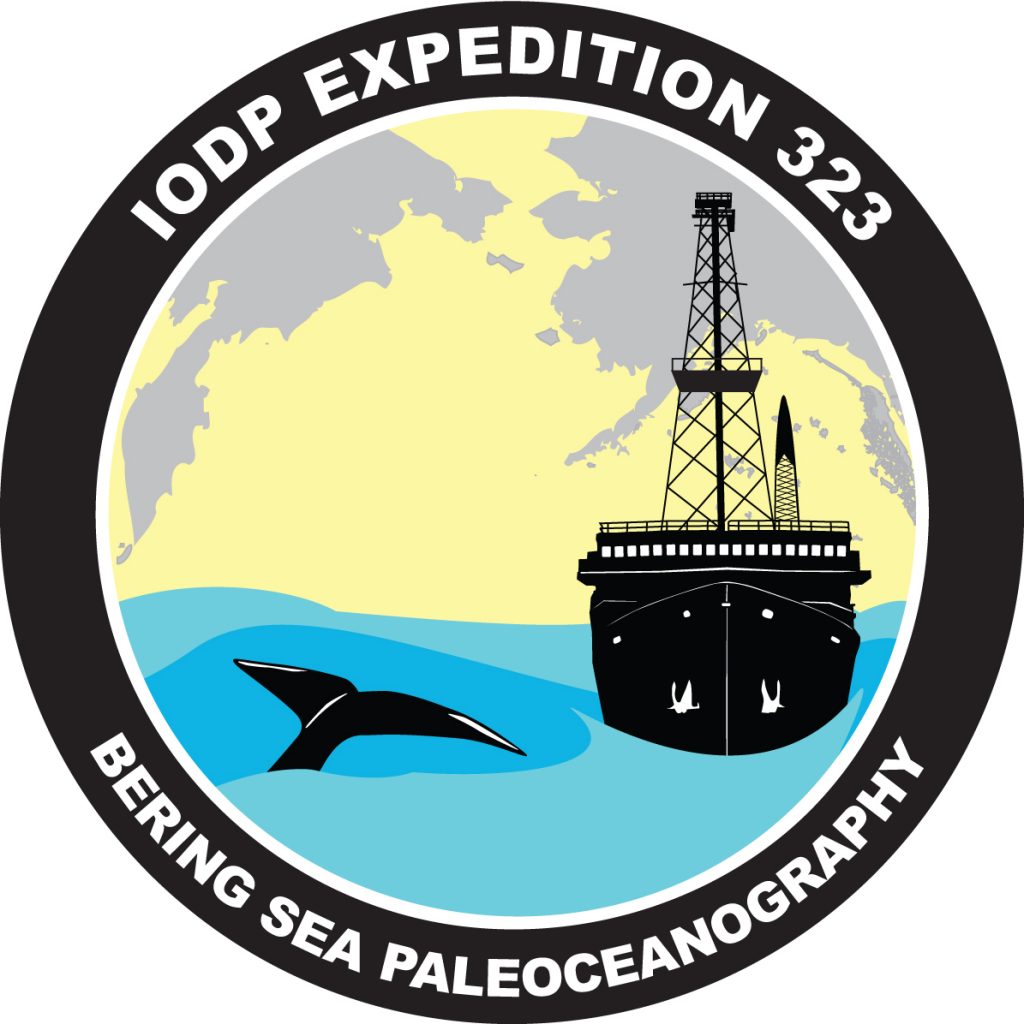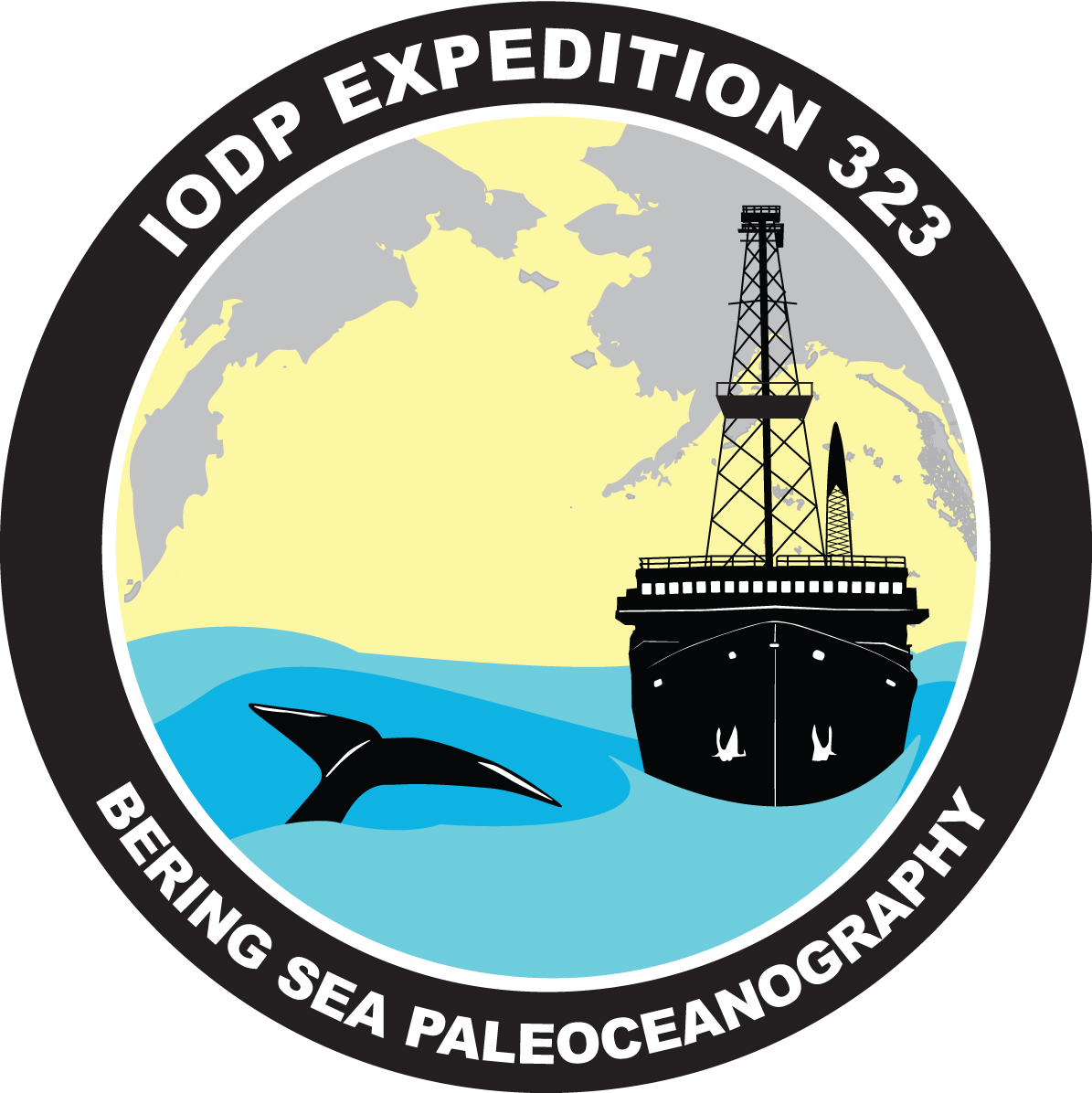
Bering Sea Paleoceanography
Over the last 5 million years, there was a dramatic shift in climate from global warmth to an ice age state with glaciations reoccurring every 100 – 40 thousand years. The causes of this shift and of the oscillating glacial cycles are not well understood. Expedition 323 to the Bering Sea collected sediments from this relatively isolated sea that can be used to examine the extent and causes of these past climate changes.
Far below the destructive forces of weather, on the ocean floor, there are sediments that record the history of past climate changes. The fossils of life forms within the collected sediments that rest on the ocean floor are the basis of paleoceanographic studies. But how do we get to these sediments? THE JR and her Integrated Ocean Drilling Program sister ships are specially designed to sample the ocean’s microfossil record. During Expedition 323 a team of about 35 scientists, 25 technicians and the 60 members of the crew of the JR worked together to drill and study cores of sediment around 7 sites in key locations in the Bering Sea.
BLOGS:
Follow along on our blog page!
In addition to our own blogs, several expedition scientists posted their experiences on other sites.
- Hirofumi Asahi, a sedimentologist with the Ocean Research Institute at the University of Tokyo, Japan and his colleagues blogged in Japanese at: http://blog.canpan.info/hadeep/
- Dr. Sev Kender, a micropaleontologist from the British Geological Survey blogged on his experiences as part of 323 at http://www.getjealous.com/Sevkender
